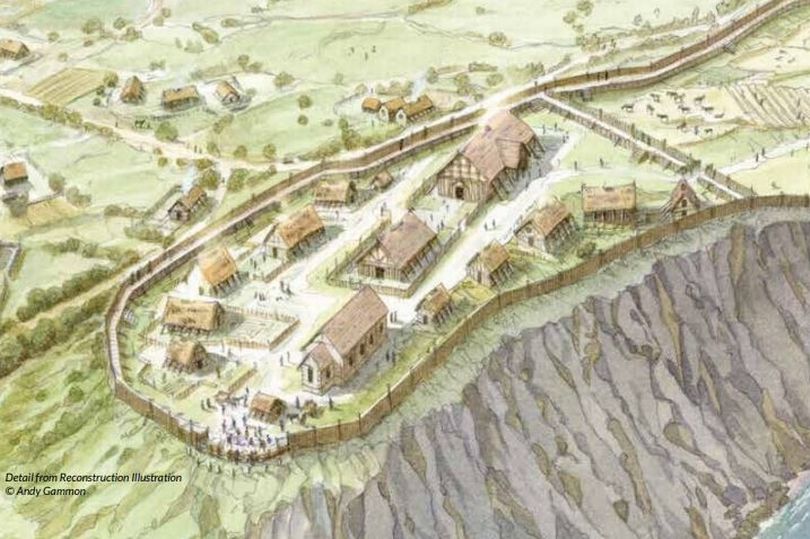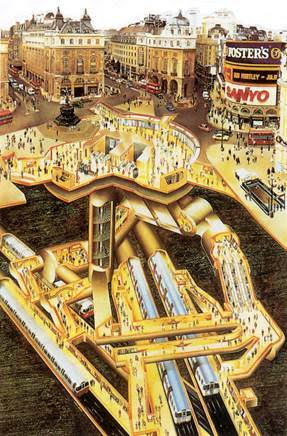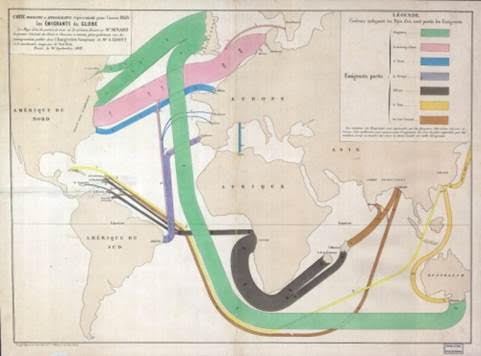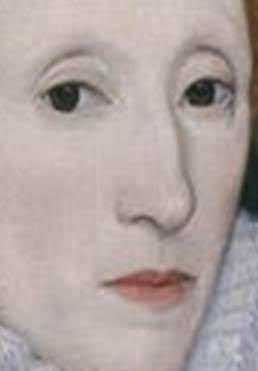Story of Britain
A Proposal for a National
History Exhibition
In the late summer of 2025, a number of visitors to the newly opened Story of Britain were interviewed as they left the exhibition. Here are some of the things they said:
“We all moan that our children don’t know any history but now there’s no excuse.”
“This wonderful window on the past has given me a clearer view of the present.”
“It wasn’t your usual bunch of boring portraits and bits of broken pottery. It was an extraordinarily visual experience!”
“An inspirational way to promote social cohesion among our multi-ethnic population.”
“From the Iron Age to the present – it’s all here.”

Illustration by Andy Gammon
”I wish this had existed when I was studying for my history exams.”
“I liked the way the words were so easy to read… They really gripped me without dumbing down.”
“The use of video is mind-blowing. The giant screens make you think that you are actually there!”
“The Story of Britain will be welcomed by every history teacher in the country.”
“I can’t understand why no one thought of this before!”
What is the Story of Britain?
Story of Britain is a journey through the history of our nation.
As we walk through a succession of spaces each devoted to a century, we find ourselves in the middle of a three-dimensional historical timeline created by panels of dramatically illustrated incisive text, spectacular video walls, electronic screens and 3D displays from which we quickly grasp the broad narrative of our island story.
The Story of Britain offers all of us, adults and children, the chance to engage with the whole of our history – in half an hour, or half a day.
Of course, it is no more than an introduction, but it makes us want to know more.
It presents the images from our past that may be disordered in our mind, and puts them in the right sequence. We see things in their context – what happened before and what came after, as well as what else was occurring at that time in the rest of the world.
A series of Halls house the history: one each for pre-history, Roman Britain and Dark Ages, and one for each century from 11th to the 21st.
The key strands of our history run through each of these halls: monarchy, government, politics, war, society, domestic life, health, costume, religion, agriculture, science, technology, industry, trade, transport, communications, exploration and empire, migration, philosophy, food & drink, architecture, literature, arts & entertainment, sport.
We can choose to view the whole exhibition from start to finish, or maybe concentrate on a single period. We might even want to travel through the centuries focusing on a single aspect in each hall – science and technology for instance, or domestic life.
A number of satellite spaces are reached from the main Halls which house temporary exhibitions, concerts, theatre, lectures, cinema, as well as a café and restaurant and children’s play area.
A final Hall draws all the strands together and, before we to leave, offers us a speculative glimpse into the future based on what we have seen of the past.

Illustration by Gavin Dunn, London Transport Museum
Why do we need it?
Of the 2,500 museums in this country, there is not one which presents a complete history of Britain. We have a Museum of London, a Museum of Art and Design, a Design Museum, a Motor Museum, a Museum of Childhood. We have a Maritime Museum, a National Army Museum and a Science Museum.
It is true that we have a British Museum but the only thing that’s British about it is that most of its prize exhibits were plundered from other countries by the British.
We have a Museum of Natural History but no Museum of National History.
And that is what Story of Britain is.
Apart from fulfilling that simple but important need, Story of Britain answers the call of those critics who say history teaching is too narrow – it concentrates only on a few small periods; this exhibition gives them the big picture.
Most importantly it explains how the people and events of our history — the alliances, wars, inventions, ideas and discoveries – forced, enticed and inspired us to make us what we are today. It is an epic story of our perpetual struggle to wrest power from the powerful and hold it in our own hands.
We need to explain this to visitors, to those who have come to live here and to ourselves because we too would do well to understand these things.

Tone & Approach
History is, of course, fraught with politics and controversy but Story of Britain aims for neutrality and its defining attitude is neither one of breast-beating shame nor drum-beating pride. It shuns nationalist triumphalism as well as anachronistic political correctness.
Exhibition content is sharp and smart without being cravenly populist. Academic rigour is harnessed to the best writing. Complicated ideas are expressed with urgent and elegant simplicity.

Presentation
Story of Britain is a museum like no other. In fact it isn’t really a museum at all. A museum is a collection of original historic images and objects; Story of Britain does not display a single artefact.
Story of Britain, our museum of national history, is actually an exhibition. It uses the language of walk-through 3D display to set out our narrative. And it uses it to the full.
To understand the potential of this language is just take a look at the world around us, at big trade exhibitions, retail stores and galleries. Communications and display technologies advance day by day but we take them so much for granted.
Look at the dazzling iridescent billboards and electronic ads which turn a humble bus shelter or subway platform into a sparkling entertainment. Look at the window displays of the big stores.
Consider the possibilities of computer animation demonstrated by the net, by modern cinematographic processes, and stage lighting and theatre production.
Think about the emotional intelligence and wit, the clarity and brevity that underpin the potency of press, internet, TV and cinema advertising. Brilliant talent from these areas is harnessed in the creation of Story of Britain.
The UK has an abundance of this talent.
Just imagine what might be achieved if the best of our historians collaborated with some of our most gifted architects, theatre designers, retail and exhibition designers, film directors, animators, graphic artists, illustrators, editors, photographers and writers.
And consider how ingenious animation could be deployed to explain the movement of armies, changing patterns of trade or the development of new ideas in politics, philosophy and economics. Imagine how familiar images might be revitalised by skilful editing and presentation.
Children and adults who are used to seeing images on their pokey PCs will find themselves confronted close-up by powerful and dramatic imagery on massive screens.
This exhibition, then, is a spectacle created from giant panoramic imagery, models, animated diagrams and maps, compelling sound design, computer animation and video.
In Story of Britain the ancient is expounded by the modern.
